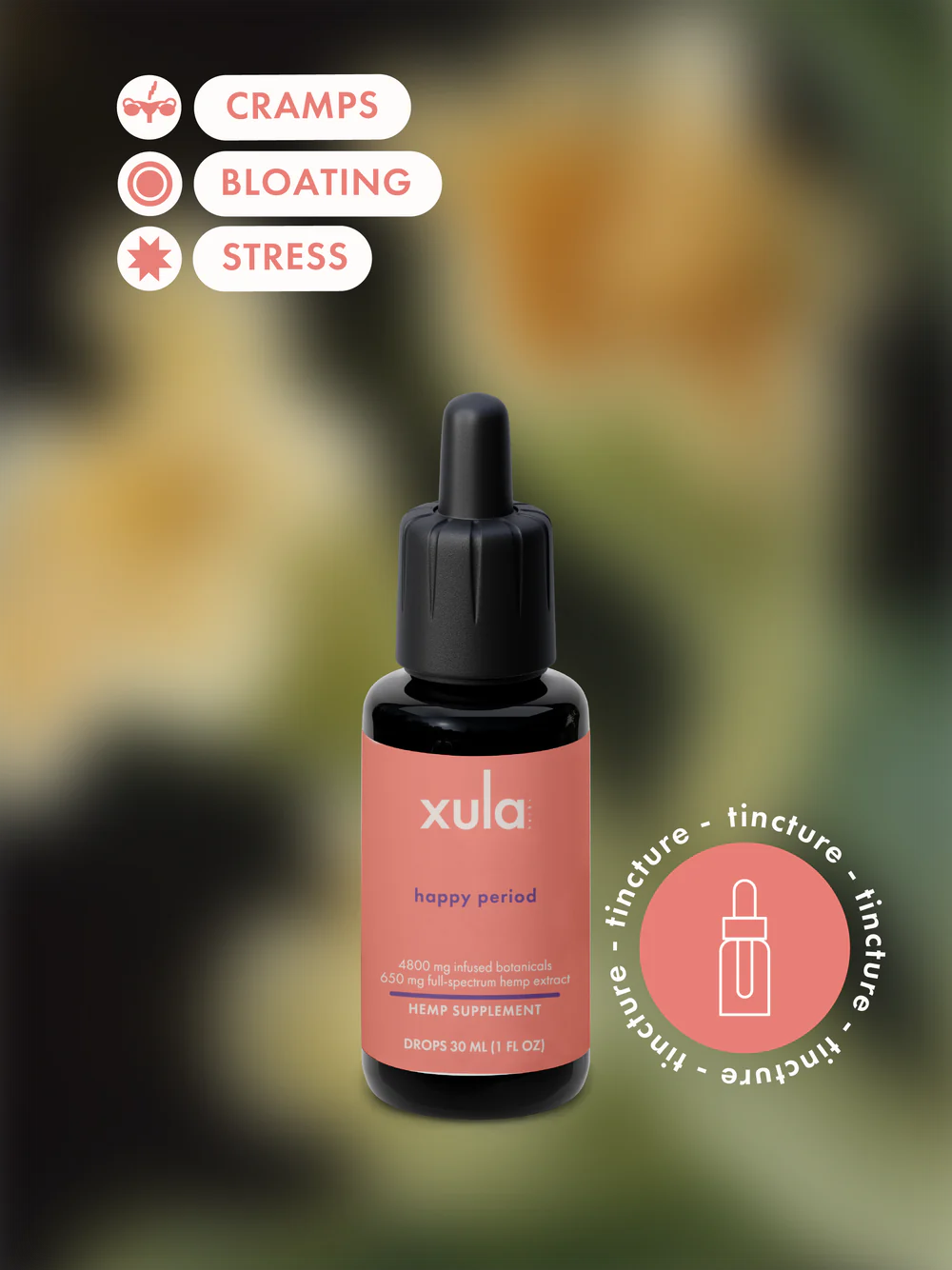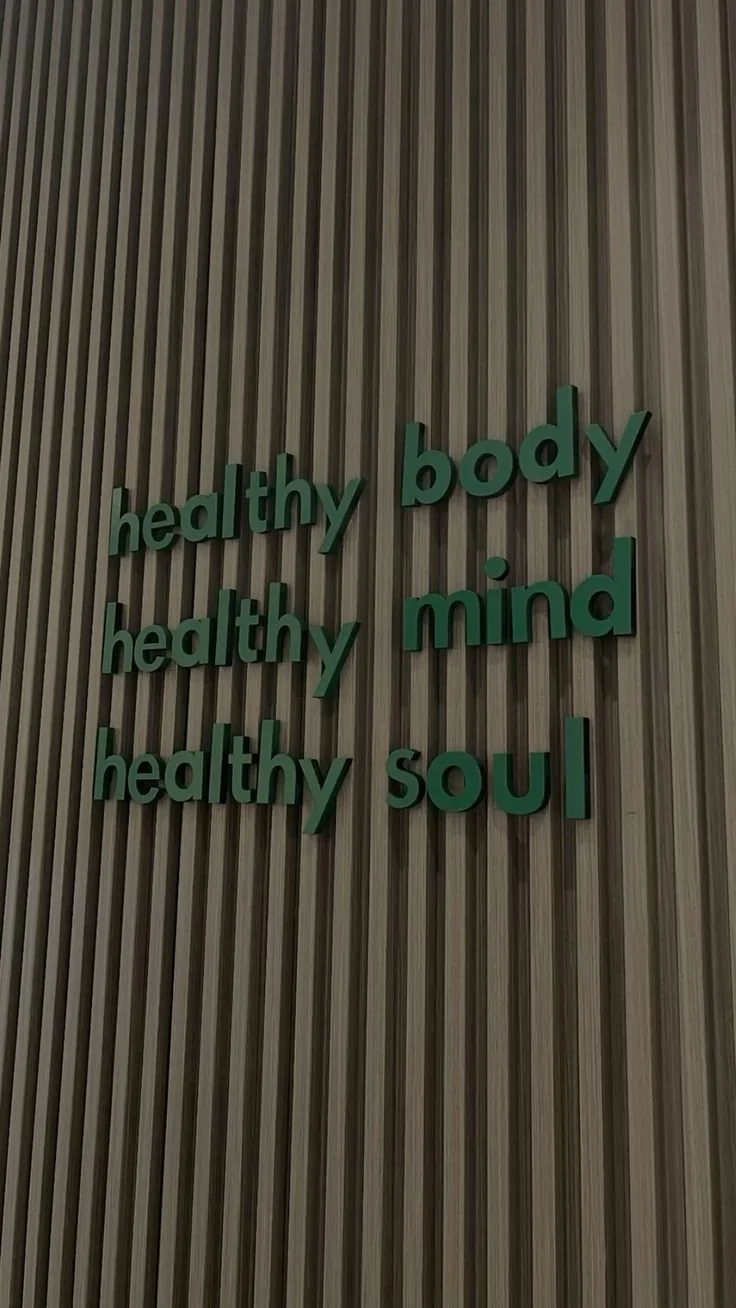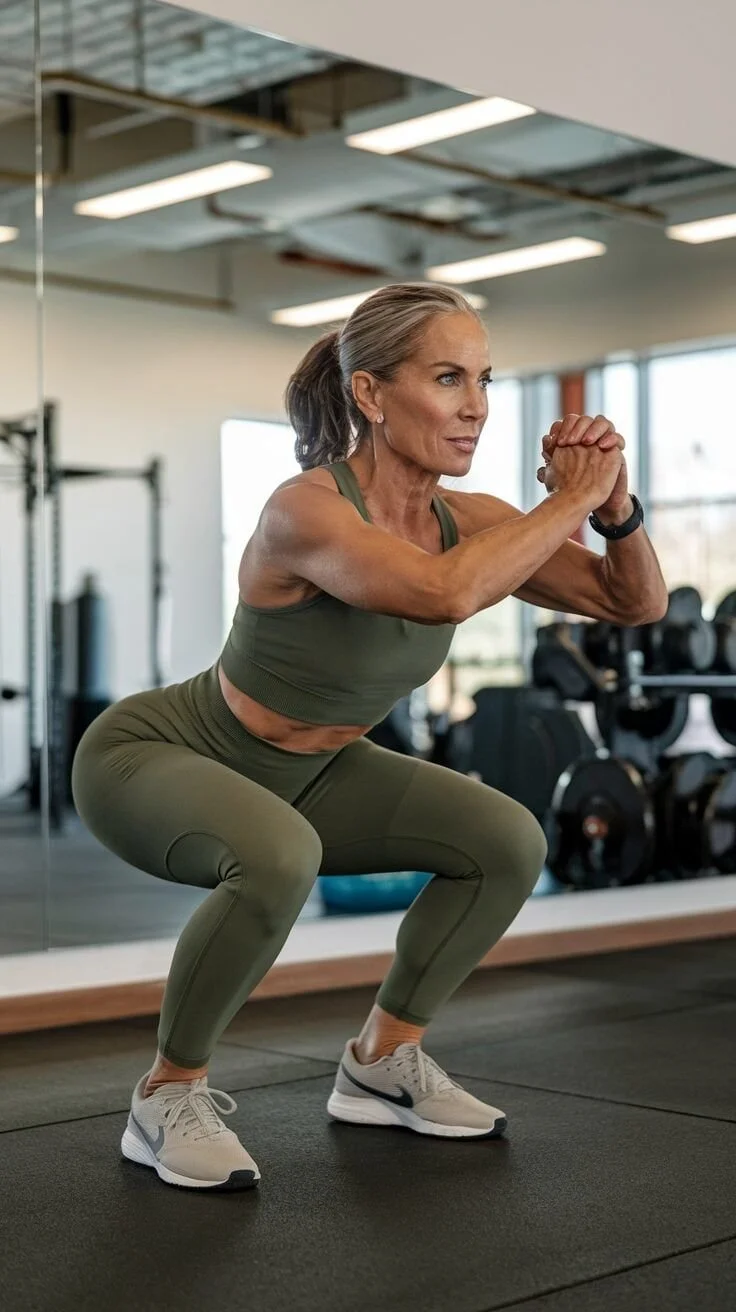Understanding The Benefits Of Breast Scar Tissue Massage: A Guide For Recovery
For many women, the journey of recovery following breast surgery—whether due to mastectomy, reconstruction, or augmentation—is as emotional as it is physical. While the body begins to heal, the formation of scar tissue is an inevitable part of the process. Unfortunately, this scar tissue can lead to discomfort, restricted mobility, and emotional distress.
One increasingly recognized method for easing this transition is breast scar tissue massage. This therapeutic practice not only supports physical healing but also empowers women to take an active role in their recovery. In this guide, we explore the benefits, techniques, and timing of scar tissue massage, offering a comprehensive resource for those navigating the post-surgery healing process.
No. 1
Understanding Breast Scar Tissue and Its Impact on Recovery
Scar tissue forms naturally as the body repairs itself, replacing damaged skin and tissue with fibrous material. After breast surgeries such as mastectomies or reconstructions, managing this tissue becomes essential to avoid complications like stiffness, pain, and limited range of motion.
Without proper care, scar tissue may thicken and form contractures—tight, rope-like bands that can restrict movement, alter posture, and cause long-term discomfort. Early intervention is key to preventing these issues and promoting optimal healing.
Effective scar tissue management not only improves the appearance of scars—helping them heal flat and soft rather than raised and rigid—but also enhances functionality. Among the most recommended strategies is breast scar tissue massage, which helps soften the tissue and supports overall recovery. Beyond the physical, this practice fosters emotional healing by giving patients a sense of control and connection with their bodies.
No. 2
The Role of Massage in Healing and Softening Breast Scar Tissue
Massage therapy plays a vital role in the healing process by:
Improving blood circulation
Enhancing lymphatic drainage
Reducing inflammation
Delivering essential nutrients to affected areas
These benefits help scars become more pliable and natural-looking. Gentle manipulation of the tissue also aligns collagen fibers, preventing the formation of tough, inflexible bands and preserving skin elasticity.
Regular massage can alleviate common post-surgical discomforts such as:
Itching
Tenderness
Tightness
These physical improvements often translate into psychological benefits, including reduced anxiety, improved body image, and a greater sense of self-empowerment. By incorporating massage into their recovery routine, individuals actively participate in their healing journey, promoting both physical and emotional well-being.
No. 3
Techniques and Tips for Effective Breast Scar Tissue Massage
To achieve the best results, it's important to apply the correct techniques. Effective methods include:
Gentle pressure massage to soften scar tissue
Myofascial release to target the surrounding connective tissue
Lymphatic drainage massage to reduce swelling and prevent fluid buildup
When performing self-massage:
Use hypoallergenic creams or oils to moisturize the area and enhance therapeutic effects
Be consistent but gentle—overly aggressive massage can cause irritation
Focus on gradual progress rather than immediate results
Understanding the proper technique, pressure, and duration is crucial. Consulting a licensed physical therapist or massage professional can provide personalized instruction and ensure safety. This professional guidance helps individuals manage scar tissue effectively and comfortably.
Xula
Take control of your cycle with Xula—herbal period support for wherever you are in your menstrual cycle.
No. 4
Timing and Frequency: When to Start Massaging Breast Scars for Optimal Results
Maintaining a consistent routine is key to improving outcomes, with factors like scar age, skin type, and healing response influencing effectiveness. As the scar matures, the approach may need adjustments.
Massage should only begin after the surgical incision has fully closed—usually several weeks post-operation. Starting too early can disrupt the healing process and increase the risk of complications.
A healthcare provider can offer personalized advice based on:
The type of surgery performed
The patient’s overall health
The rate of healing
Frequency typically ranges from once to several times per day, depending on the scar’s condition and sensitivity.
Key considerations include:
Consistency: Regular massage yields the best results
Adaptability: Adjust techniques as the scar matures
Monitoring: Watch for signs of irritation such as redness, swelling, or pain
If any of these symptoms occur, pause the massage and consult a medical professional.
No. 5
Addressing Concerns and Myths About Breast Scar Tissue Massage
Despite its proven benefits, many individuals hesitate to try breast scar tissue massage due to common misconceptions.
Common Concerns Include:
Fear of damaging healing tissue
Belief that massage may worsen scars
Worry about pain or discomfort
In reality, when performed correctly, massage is both safe and effective. It should never be painful—gentle pressure and a slow, mindful approach are key.
It’s also important to distinguish between normal sensations (like mild tingling or warmth) and problematic ones (such as sharp pain or burning). If the latter occurs, seek medical advice.
Dispelling the Myths
Myth: Scar massage is only cosmetic.
Fact: It improves both appearance and function.Myth: Only professionals can perform scar massage.
Fact: With proper guidance, self-massage is safe and effective.Myth: Massage must be painful to work.
Fact: Gentle techniques are more beneficial and sustainable.
Clear communication with healthcare providers and proper education are essential in making this therapeutic practice more widely accepted and understood.
takeaways
The practice of breast scar tissue massage is a powerful, non-invasive tool that supports healing after breast surgery. By understanding the techniques, timing, and benefits, women can take an active role in their recovery, improving both physical comfort and emotional resilience.
Key takeaways include:
Scar tissue massage helps reduce stiffness, pain, and restricted mobility
Proper technique and timing are essential for safety and effectiveness
Regular massage enhances both the appearance and function of scars
Emotional benefits include improved body image and a sense of empowerment
Professional guidance ensures optimal outcomes and peace of mind
Incorporating breast scar tissue massage into your recovery plan—under the supervision of a healthcare provider—can make a significant difference in your healing journey. With patience, consistency, and care, you can reclaim comfort, confidence, and control over your post-surgical experience.
Looking for Wellness resources?
Are you looking to enhance your wellness routine? Explore our wellness partners who offer a wide range of resources to support your journey toward holistic living and well-being.































